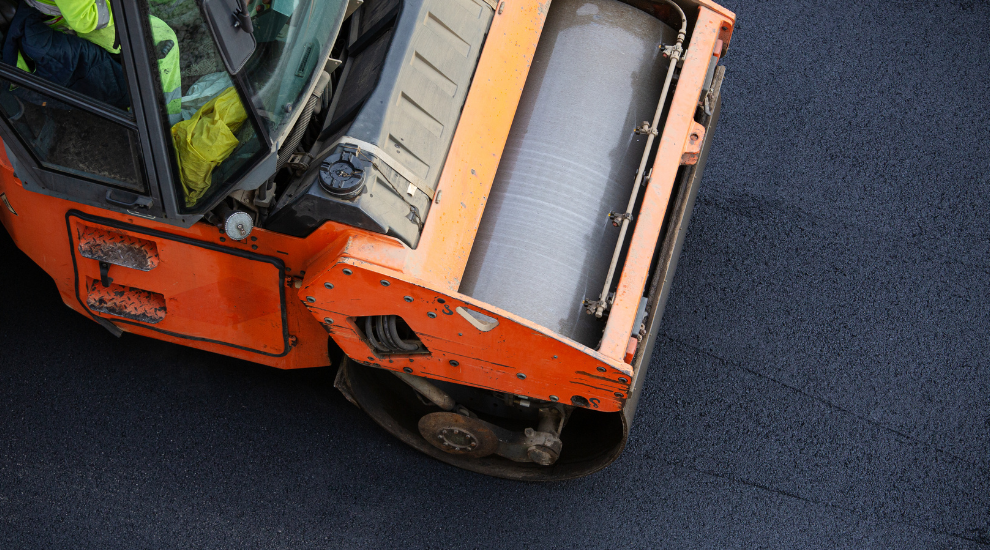RSTA Carbon Emissions for Road Surface and other Maintenance Treatments Report and Guidance
- Date: 2023
- Client: RSTA
- Project Type: Research and review
About this Project
Project name: RSTA Carbon Emissions for Road Surface and other Maintenance Treatments Report and Guidance
ITEN Project team: Emma Pye
The issue identified: Road surface treatments are methods or materials for extending the lifetime of road pavements, delaying the need for major maintenance or rehabilitation. This process means that surface treatment contractors believe the treatment processes against conventional methods have a lower impact on the Greenhouse Gas (GHG) emissions produced. However, these claims are not usually made based on robust, standards led assessments as there was a lack of standardisation and consistency in producing carbon footprint.
The purpose of this work was to follow a required methodology for producing a carbon footprint and apply this to the different treatments as well as the conventional methods of resurfacing or patching, to determine which approach has a lower carbon footprint.
The work undertaken: Research took place to look for an appropriate methodology to use as a standard approach to produce a carbon footprint.
Then working with 14 treatment companies, a desk top study was carried out to look at each of the treatments the companies provide and to gather appropriate, accurate data to calculate a carbon footprint. Each company provided data which was then assessed and verified. The data had to follow the requirements of the methodology. Each set of data was then converted into KgCO2e and calculated for a m2 of treatment. This was to ensure that each treatment was comparable.
Conventional approaches were also reviewed and data obtained. This data again was reproduced using the agreed methodology and produced into a m2 figure in the units kgCO2e.
The outcome: The guidance, developed for local highway authority Asset Managers and other decision makers, will enable them to plan their future maintenance programmes and demonstrate the carbon savings they have made and are making by implementing whole life carbon and cost lifecycle asset management.
The benefit to the client: This is the first time all the major treatments including conventional asphalts have been calculated and compared in accordance with the International Standards. It includes the A1 – A3, A4, A5 and total C02e emissions for each treatment, with sample comparisons for schemes using different materials and methods.
The newly developed guidance is what local highway authorities have been waiting for, an endorsed one stop carbon guidance for direct comparisons across materials and methods, and will be a game changer for the way forward in reducing carbon (and costs) during the operational life of a road or footway. It paves the way for managing other highway assets in a similar efficient way when their carbon lifecycle emissions are also calculated.
View the project and download the report here >


